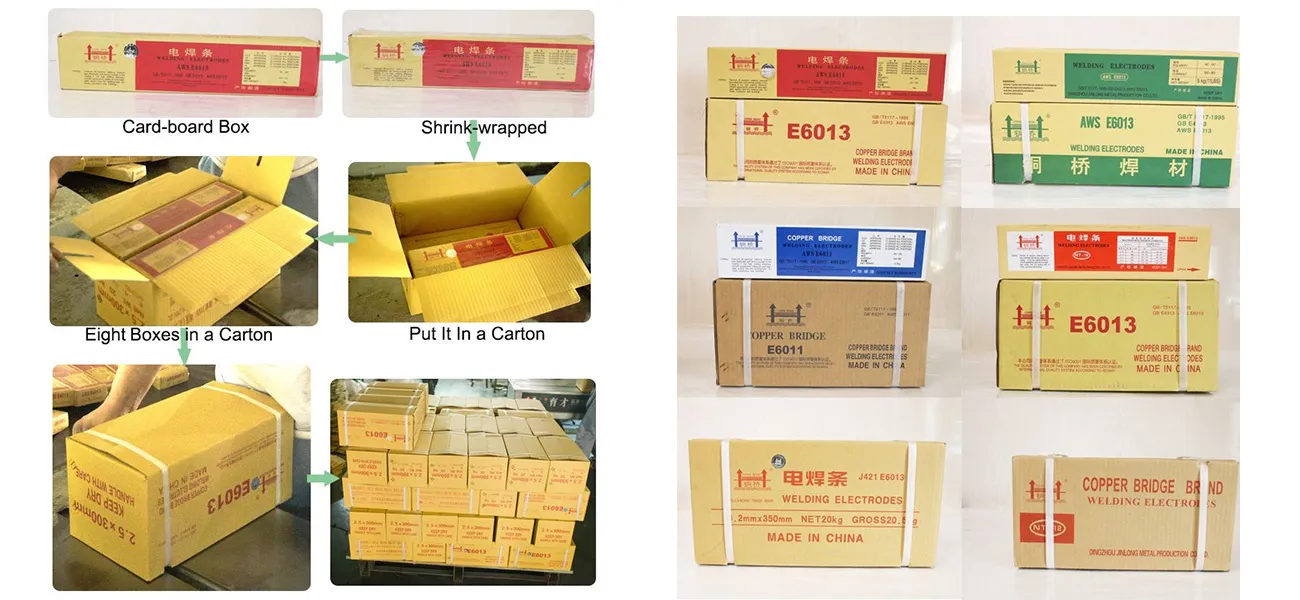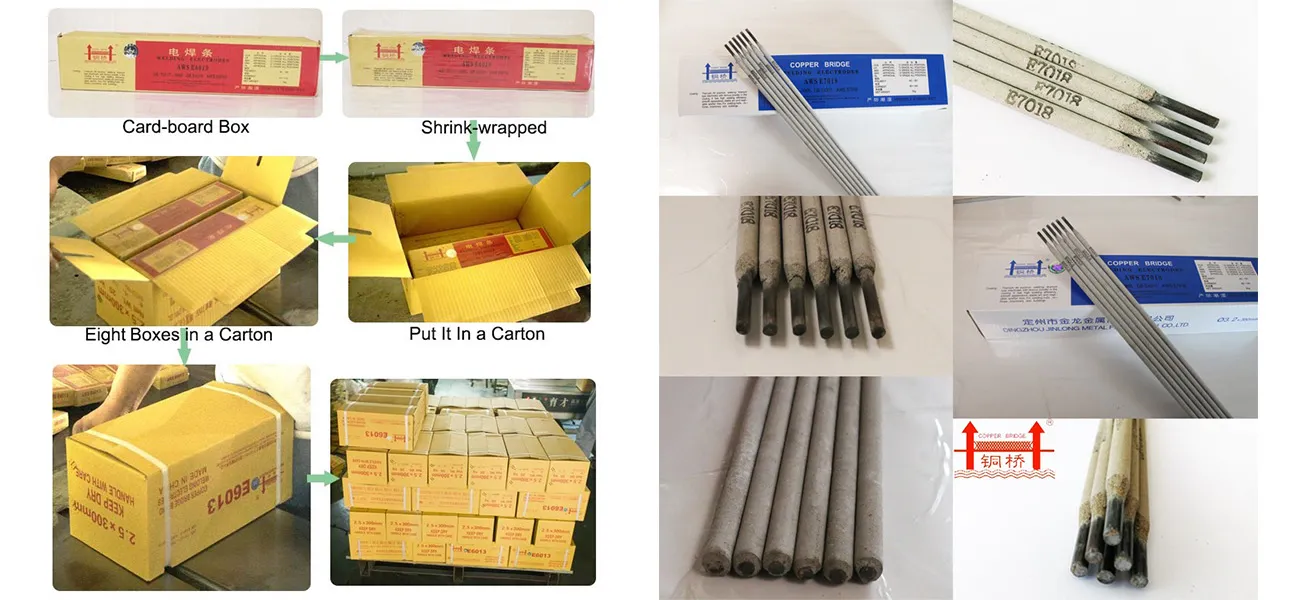Stainless Steel Electrodes E316l-16
ਫਰ. . 17, 2025 12:50
Enhancing the functionality and durability of welding operations, particularly when dealing with specialized materials, requires a robust understanding of the products used. The E316L 16 electrode is an exemplary welding product that stands out in the field due to its unique characteristics and benefits specifically suited for welding stainless steel. This piece aims to illuminate the various facets of E316L 16 electrode welding, outlining its applications, benefits, and the best practices for optimal results.
From an authoritative standpoint, the consistent quality offered by E316L 16 electrodes is backed by rigorous testing and adherence to international standards, such as AWS A5.4 and EN 1600 specifications. This compliance not only reassures users of the product’s safety and reliability but also enhances trustworthiness across industry sectors that prioritize certified welding equipment. To derive maximum benefit from E316L 16 electrode welding, best practices should be meticulously followed. Pre-weld joint preparation involves cleaning the surface from any contaminants that could interfere with the welding process. Maintaining an optimal heat input is critical for ensuring structural integrity and minimizing distortion. Furthermore, proper storage of the electrodes is vital to prevent moisture absorption, which can lead to hydrogen-induced cracking. Enveloping the electrodes in packaging designed to obstruct moisture ingress extends their shelf life and usability. True to its engineered excellence, E316L 16 electrodes play a pivotal role in upholding structural longevity and performance. Feedback from industry professionals highlights the electrode's efficacy in producing welds that demand minimal post-weld cleaning. The resultant low spatter and outstanding slag removal reduce the time spent on finishing work, thus enhancing operational efficiency. Testimonials laud the electrode's ability to deposit welds that demonstrate robust mechanical properties and an aesthetically pleasing finish. In conclusion, E316L 16 electrode welding offers a harmonious blend of expertise, reliability, and adaptability, making it an indispensable resource for applications involving 316L stainless steel. Through adherence to proper handling and application techniques, users can harness the full potential of this welding product. As industries continue to evolve, encompassing greater complexities in materials and processes, the role of reliable and expertly designed electrodes like E316L 16 becomes ever more critical in achieving excellent welding outcomes. Their contribution to sustainability and efficiency underscores an ongoing commitment to advancing welding technology in harmony with industry needs.


From an authoritative standpoint, the consistent quality offered by E316L 16 electrodes is backed by rigorous testing and adherence to international standards, such as AWS A5.4 and EN 1600 specifications. This compliance not only reassures users of the product’s safety and reliability but also enhances trustworthiness across industry sectors that prioritize certified welding equipment. To derive maximum benefit from E316L 16 electrode welding, best practices should be meticulously followed. Pre-weld joint preparation involves cleaning the surface from any contaminants that could interfere with the welding process. Maintaining an optimal heat input is critical for ensuring structural integrity and minimizing distortion. Furthermore, proper storage of the electrodes is vital to prevent moisture absorption, which can lead to hydrogen-induced cracking. Enveloping the electrodes in packaging designed to obstruct moisture ingress extends their shelf life and usability. True to its engineered excellence, E316L 16 electrodes play a pivotal role in upholding structural longevity and performance. Feedback from industry professionals highlights the electrode's efficacy in producing welds that demand minimal post-weld cleaning. The resultant low spatter and outstanding slag removal reduce the time spent on finishing work, thus enhancing operational efficiency. Testimonials laud the electrode's ability to deposit welds that demonstrate robust mechanical properties and an aesthetically pleasing finish. In conclusion, E316L 16 electrode welding offers a harmonious blend of expertise, reliability, and adaptability, making it an indispensable resource for applications involving 316L stainless steel. Through adherence to proper handling and application techniques, users can harness the full potential of this welding product. As industries continue to evolve, encompassing greater complexities in materials and processes, the role of reliable and expertly designed electrodes like E316L 16 becomes ever more critical in achieving excellent welding outcomes. Their contribution to sustainability and efficiency underscores an ongoing commitment to advancing welding technology in harmony with industry needs.
Related Video
Copyright © 2025 Dingzhou Jinlong Metal Production Co., Ltd. All Rights Reserved. Sitemap | Privacy Policy




























